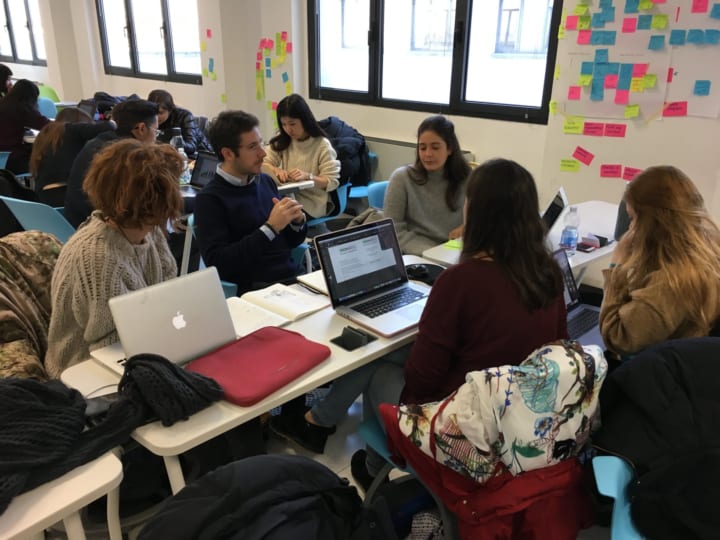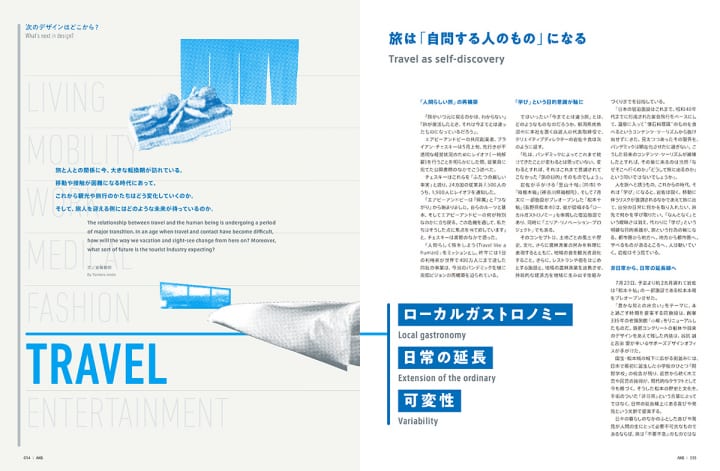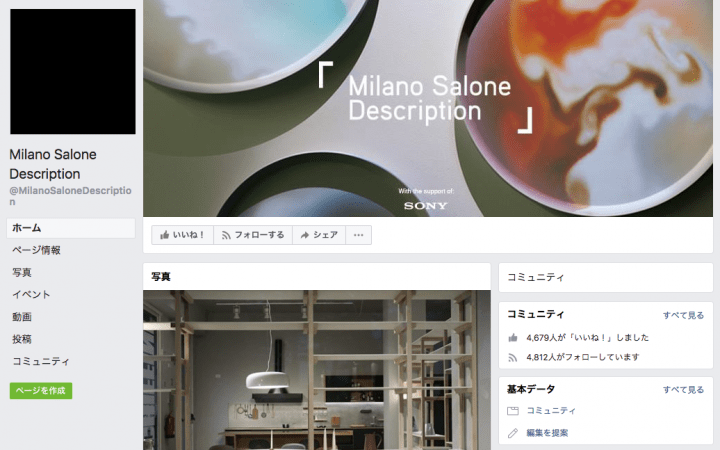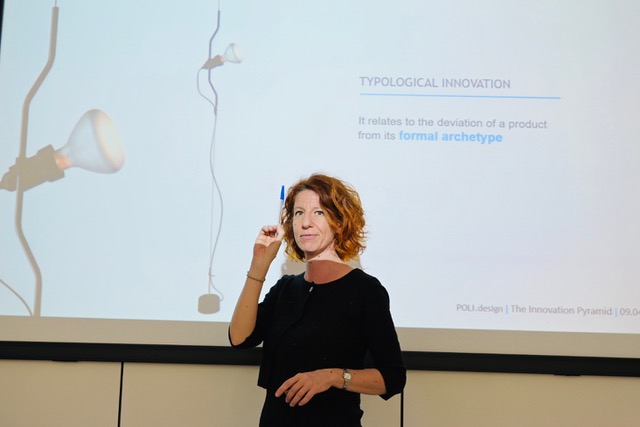
Momentum is building for Design Research.
On the shifting grounds of a complex, uncertain world, businesses are looking for alternatives to innovate in fragile ecosystems. We spoke with Lucia Rampino, a coordinator of the Design PhD at Politecnico di Milano. She advocates for a more qualitative perspective on innovation, one that questions the rigorous standpoint of science and technology and helps us better deal with today’s wicked problems.

▲ Lucia Rampino, Design PhD Program at Politecnico di Milano.Her numerous publications and research projects span Design Driven Innovation, Design entrepreneurship, theory and methods, and Research-Through-Design.
Design Research seems to have become more important in both business and academia. Is this a real bonanza for the discipline and what drives it?
The pairing between Design and Research may not seem an obvious one, but indeed what I see today is a change of attitude. There seems to be a genuine sense of curiosity towards Design Research methods in the business space, which is encouraging.
Now, the acknowledgement of Design Research is still a far cry from the recognition enjoyed by scientific disciplines with a long established research tradition, such as engineering or medicine. Our PhD program at Politecnico di Milano was founded in the 90s’ and since then Design Research has grown in scope.
There is consistent evidence that companies who invest in Design Research do reap the benefits. However, we still see many entry barriers and to me two are the reasons why this is the case.
Firstly, there is a persistent perception of Design as a kind of “artistic” practice, which is compounded by the misconception that artistic practice does not involve any research at all. This obviously is untrue, but it stems from a Western culture schooled in techno-determinism and rooted, since the Enlightenment, in the primacy of science over humanities.
So, whenever we talk about research, we immediately think of scientific research. On the other hand, when we talk about innovation, it means technological innovation.
This is our main narrative, which inevitably leads us to favour things that are simple, measurable and straightforward. On the other hand, it makes a discipline like Design ambiguous and blurred, if you compare it, for instance, to architecture, its more famous sibling.
Most people likely do know what an architect does, but that is not the case for Designers, as their identities are kind of expanding and transforming with the progress of digital technologies.
However, design sits in-between art and science, and for us, it is a bliss and a curse.
Another reason why Design Research generally fares less than its scientific counterparts is that it usually does not show an immediate result.
If you choose to engage with Design Research, typically what you need is a long-term strategic move and an understanding of critical trends unfolding in society. This is in a sharp contrast with the short-termism of our contemporary business culture. As a result, it seems very difficult to put it into practice.
Now, as I mentioned before, change is afoot: the renowned interest around our practice is testament to the fact that enterprises and institutions are reconsidering the unquestionable superiority of numbers.
The cracks in tech-determinism are becoming self-evident, as the current economy proves itself to be more than unsustainable: it is simply not possible.
Ethical concerns are taking hold of industry practices. Whether they are driven by heartfelt internal values, or by a jump-on-the-bandwagon kind of mindset, they are bringing about a whole re-focus on humanities and qualitative disciplines. Companies, institutions, and governments are realising that facts and figures are not enough when we are dealing with wicked, systemic problems.
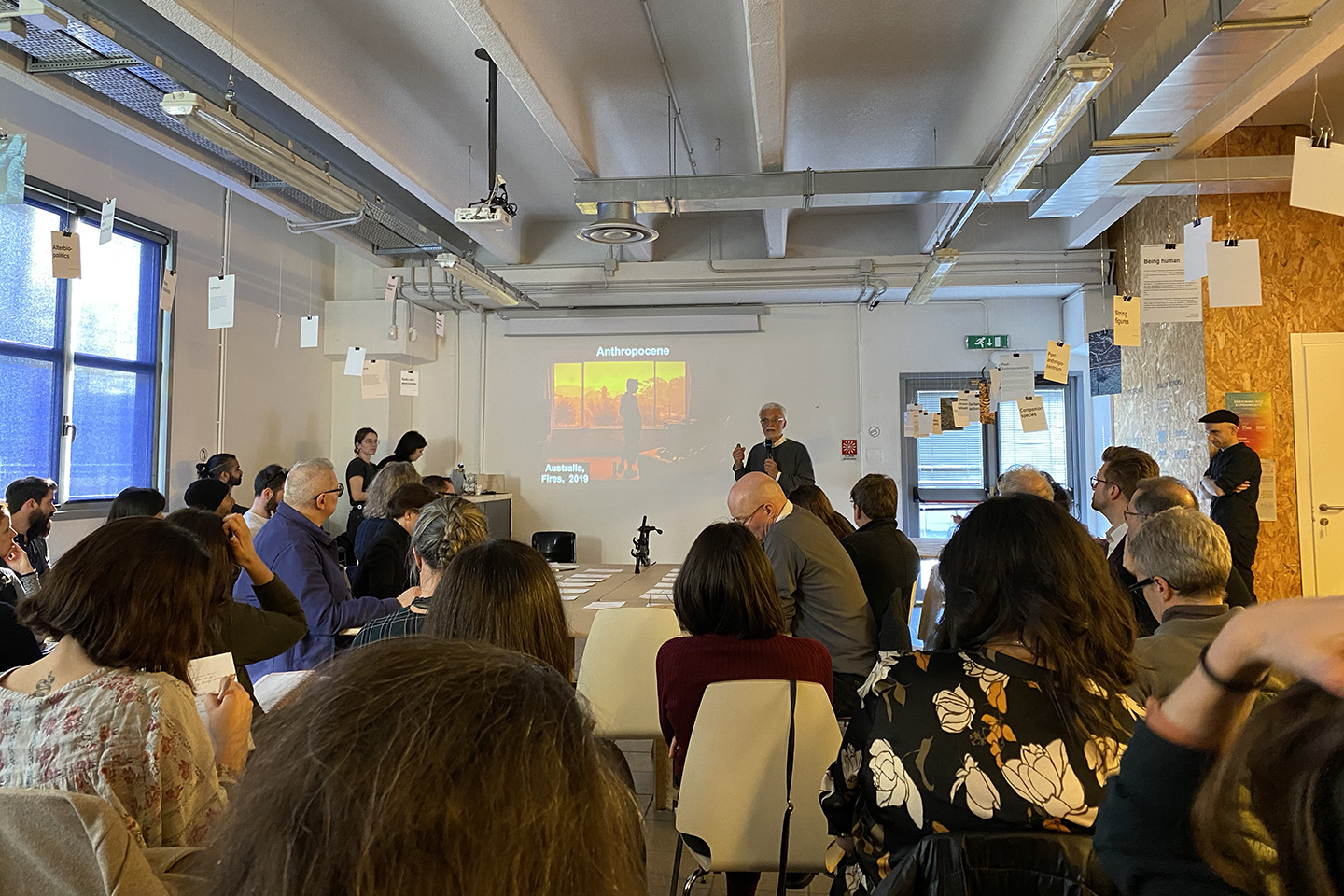
▲ Ethical concerns are taking hold of industry practices.
Ethics leads perfectly to our following question: Is there any relationship between Design Research and Social Innovation?
Of course, there is and it is a complicated one. Ezio Manzini (a thought leader of Politecnico di Milano) is a trailblazer in the field and remains one of the most influential voices in this sector.
I would argue that a key point of this marriage is the inherent nature of social innovation, which makes the perfect setting to apply Design Research practices.
In fact, social innovation is less about new product development and time-to-market than it is about culture, people, communities, local phenomena and bottom-up initiatives. All these things are inherently qualitative and therefore they are difficult to account for only through quantitative research methods.
Another aspect of Social Innovation lies in the adoption of Design within Public Administrations, a phenomenon very well established in Northern Europe and UK.
It shows what a great theorist of modern design, Richard Buchanan, defined as the “fourth order”, that is a space where design addresses systems, policies and environments, thus engendering the biggest impact.
What relevant signals or trends are emerging in Design Research that have a ripple effect on business and society?
As I mentioned, Ethics is becoming a big issue and it is trickling down in all aspects of our work. For instance, research projects are increasingly subject to requirements for ethical approval, a caveat that stems mainly from EU’s framework programmes and international journals.
However, I would like to point out that Ethics doesn’t play out only in the world of Academia. Organizations too are adapting their narratives of innovation around the values of fairness, equality and public good.
Much like philosophy, Ethics has to do with humanities, and therefore I see that designers can secure an important seat for themselves at business and technology tables.
Another huge topic in Design Research is definitely Artificial Intelligence.
This technology is challenging all the knowledge we have had around human-product interactions so far. Our product-service systems become intelligent entities that can learn and change their behaviour in response to context and human actions.
From a Design Research’s perspective, Artificial Intelligence really is a multi-pronged field of study: it is not just about product development but more significantly about our own processes and methods, that we will need to rethink somehow.
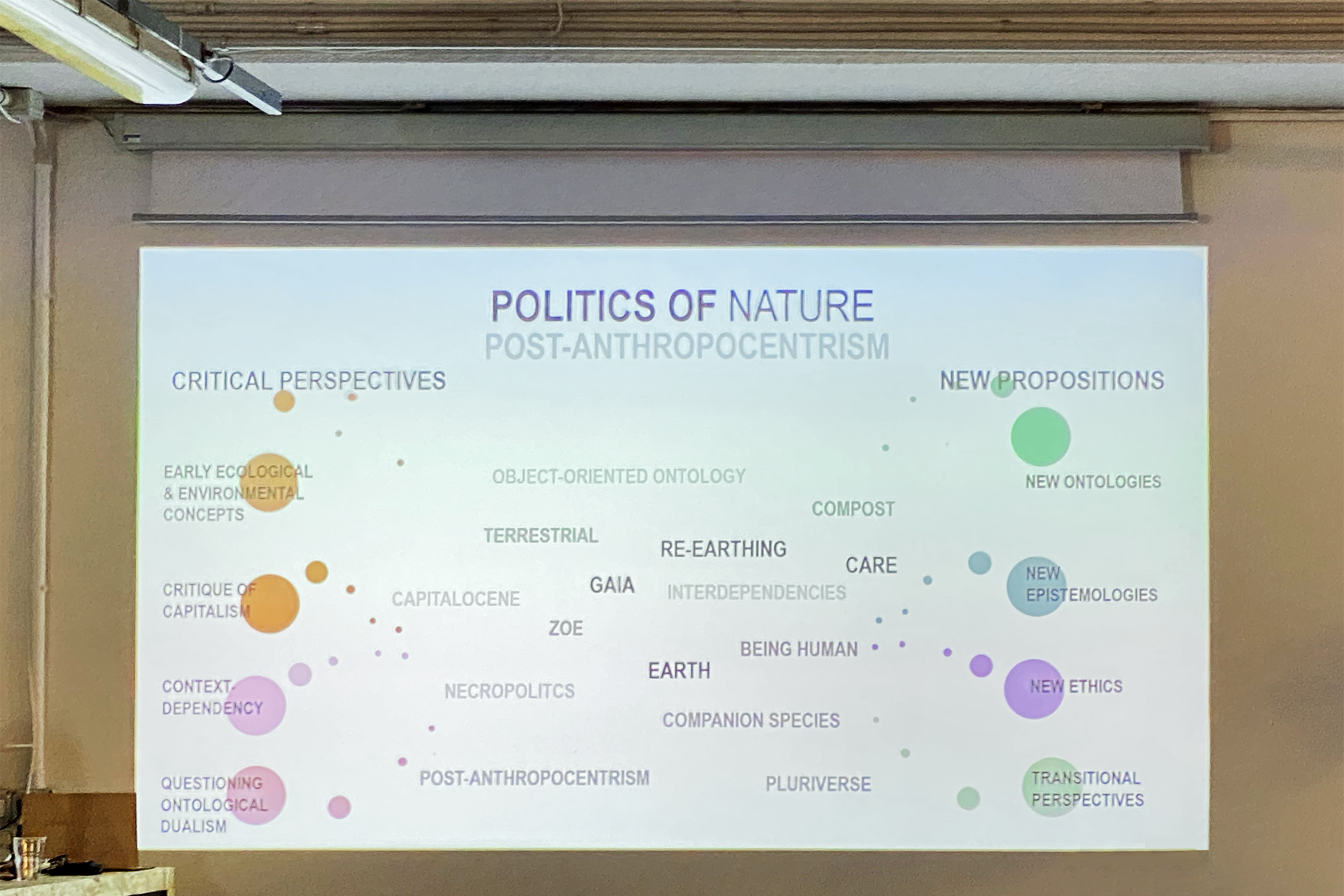
▲ We are required to rethink the way we design. Words like GAIA、EARTH、RE-EARTHING are measuring on the lecture.
As a coordinator of the oldest Design PhD program in the world, how would you describe the values that Politecnico di Milano brings to the table?
A strong humanistic aspect has always been inherent to the Italian design tradition, as you know. In a quite counter intuitive way, compared to the other western cultures, we´ve always put forward the qualitative face of our discipline!
I would like to call this the “Italian touch”, as arts and humanities have always been very much a part of our culture.
We are less focused on statistics than we are on things like meanings and values, something much anticipated by Roberto Verganti´s work on design-driven innovation and now becoming even more topical, in the context of so-called “post-human innovation”.
This brings us to our final question. How can Design Research contribute to a sustainable future?
The wicked problems that I’ve mentioned earlier (take the Circular Economy) manifest themselves as systemic challenges that are too complex to be tackled by one single entity, discipline, or professionalism.
The surge of multidisciplinarity as a business practice is probably the brightest evidence of the gigantic issues that companies are facing.
The blurred boundaries of design make it like the perfect facilitator in choral conversations that try to address these problems from a variety of angles.
Academy-wise, I believe that universities now more than ever ought to put a conscious effort to stay ahead.
In fact, things like bringing Ethics back in design lectures, rather than building synergies between design and engineering, are very much a part of Politecnico’s strategy.
As a Design Institution, our goal is to stay essential to a business world that desperately needs fresh perspectives and new ideas rooted in human meaning as much as they are in data and technology.![]()








